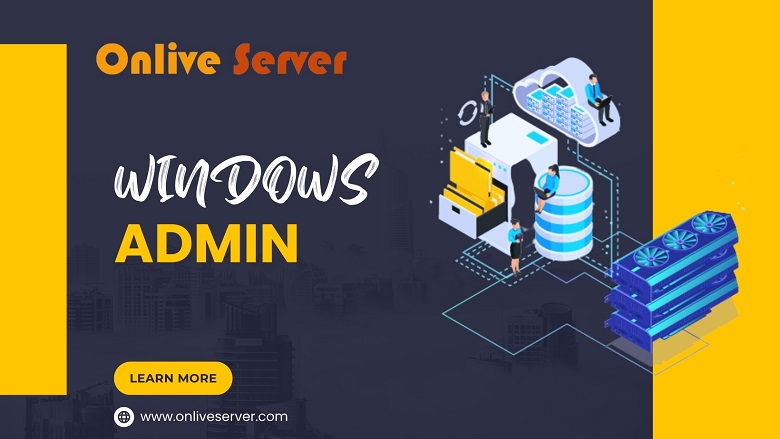Hire Windows Admin
Are you trying to hire a Windows Admin administrator? Do you know what skills a system administrator needs? What are the roles and responsibilities of the Windows System administrator?
Even if you’re not aware of these things, do not panic! Here, Onlive Server will provide you with complete details about it.
- The most used operating systems to administer Windows and Linux
- Must know the roles and responsibilities of the system administrator
- List of skills of the system administrator
Hire an experienced Windows Admin to manage multi-user systems and servers so that system users can live their experience safely, without any security threat. Their role is very important in every organization. That’s why the role of the Windows administrator as a recruiter is gaining importance because you have to hire the right candidate.
The skills of system Windows Admin vary from one organization to another due to the variable nature of their activities. Windows Admin are widely applicable for (Windows system administrator)

List of Windows system administrator skills:
- Windows operating system
- ITIL
- Microsoft Azure
- AWS (Amazon Web Services)
- PowerShell
- Basics on the network
- Fundamentals of the computer
- The MCSA certification will be an additional component
Here, Onlive Server poses an important question that not only helps you find the best and most informed point of view but also gives you a clear picture of the strengths and weaknesses related to the candidate’s skills. It will be easier for you to assign the job to the right Windows Admin.
Our administrative windows are the most suitable for –
- Windows administrator
- AWS
- Microsoft Azure
- Windows Server 2008
- Better communication skills
You can also create a custom test based on your specific needs. You can evaluate the skills of our candidates who are really useful for your company or organization.
Everything Explained about Windows Admin:
Windows Admin is a browser-based application that is locally used for the management of Windows servers, hyper-converged frameworks, Windows 10 personal computers and clusters. There is no additional expenditure required for using Windows Admin center and it can readily be used for varied functions. Some of the most common questions in regards to Windows Admin have been answered below:
- What are the different functions Windows Admin is used for?
Windows Admin is used for several functions and scenarios which include:
- For simplifying server management: Clusters and servers can easily be managed with modern versions of some familiar tools like Server Manager. The only thing you need to do is install the tool in not more than five minutes. Once installed, you can use it for managing servers in different environments immediately without any additional configuration needed.
- For working with different hybrid solutions: Windows Admin integration with the more modern Azure helps users in connecting their on-premises servers optionally with relevant and reliable cloud solutions.
- How is Windows Admin used for streamlining hyper-converged management?
The use of simple workloads helps in creating and managing virtual machines, software-defined networking, storage spaces direct volumes and more. Windows Admin comes as good help in this direction.
- What is the job of a Windows Administrator?
A Windows administrator is basically a system managerfocusing in the installation, conformation and upkeep of Window-based servers. The main function served by the administrator is providing back-end information technology assistance for development-associated personnel and departments and even for business-critical operations. Windows administrators even carry out the task of arranging user access and preserving system constancy along with ensuring data security by way of relocation and disposition.
- What it takes to become a Windows Administrator?
Serving as a Windows administrator requires familiarity with the Windows servers along with user support activities and risk assessment.
